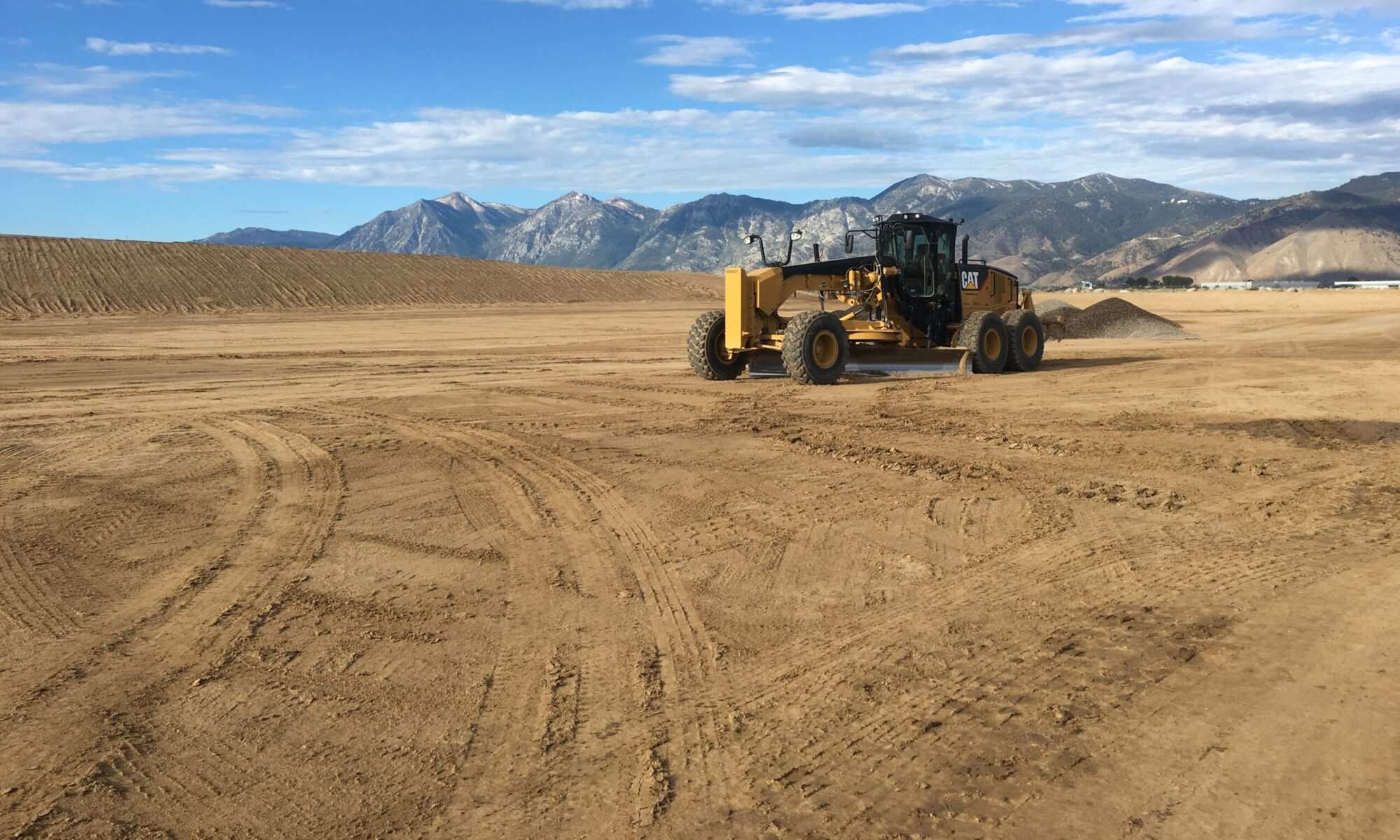The chip seal on State Route 445 was constructed by evenly distributing a thin base of hot bitumen or asphalt onto an existing pavement and then embedding finely graded aggregate into it. The aggregate is evenly distributed over the seal spray, then rolled into a smooth pavement surface. The chip-seal-surfaced pavement was next sealed with a top layer, which is referred to as a fog seal or enrichment to prolong the roads lifespan.
The introduction of polymer-modified bitumen and emulsion binder has increased chip seal’s ability to prevent crack reflection and improve stone retention by improving the properties of the bitumen binder. Newer techniques use asphalt emulsion (a mixture of liquid asphalt, surfactant, and water) instead of asphalt. New methods also utilize cross linking styrene acrylic polymers which also provide quality water resistance.


